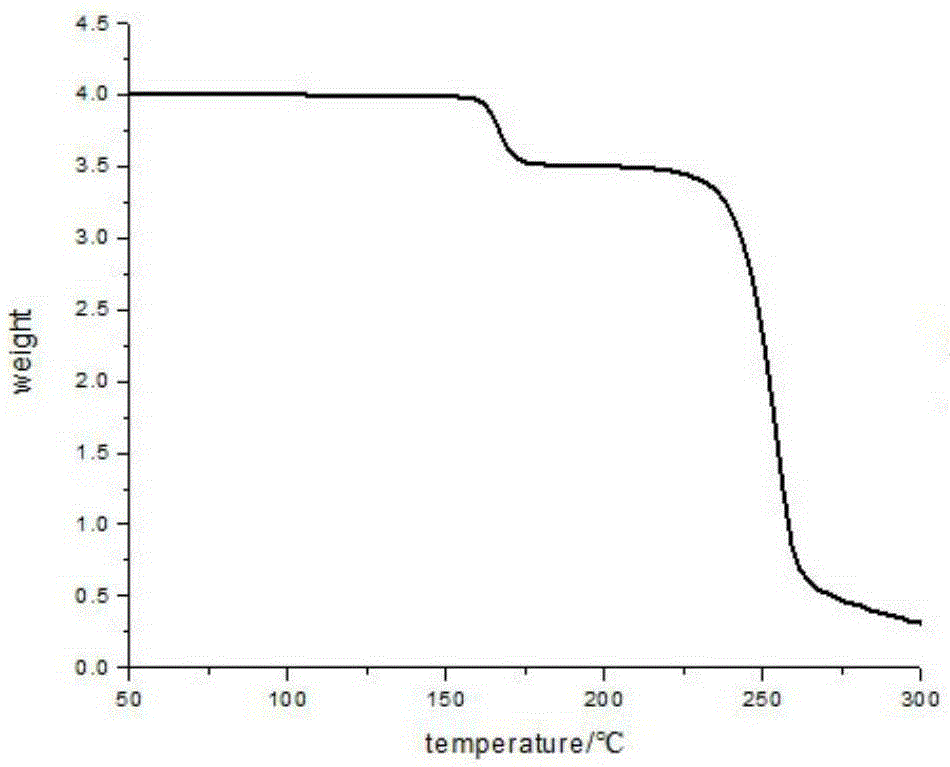A kind of preparation method of porous composite material which selectively adsorbs aromatic hydrocarbons
A technology for porous composite materials and aromatic hydrocarbons, which is applied in the field of porous composite materials, can solve the problems of high energy consumption, difficult industrialized production, and high cost of rectification, and achieves the effects of low preparation cost and good adsorption effect.
- Summary
- Abstract
- Description
- Claims
- Application Information
AI Technical Summary
Problems solved by technology
Method used
Image
Examples
Embodiment 6
[0028] Example 6 and a comparative example illustrate the adsorption effect of the porous composite material.
Embodiment 1
[0030] 78.80g of 1-acetyl-3-(4-methoxyphenyl)-5-(9-anthracenyl)pyrazoline (AMPE) and 40.8g of 7,7,8,8-tetracyano-p-benzoquinone Dimethane (TCNQ) joins in 200ml dichloromethane and methanol mixed solvent and dissolves, and the volume ratio of dichloromethane and methanol in this mixed solvent is 1:1, after leaving standstill at room temperature for 24 hours, desolvating by distillation under reduced pressure, Dry to obtain a porous composite material.
Embodiment 2
[0032] 78.80g of 1-acetyl-3-(4-methoxyphenyl)-5-(9-anthracenyl)pyrazoline (AMPE) and 40.8g of 7,7,8,8-tetracyano-p-benzoquinone Dimethane (TCNQ) was added into 200 ml of ethyl acetate solvent to dissolve, and after standing at room temperature for 24 hours, the solvent was removed by distillation under reduced pressure, and the porous composite material was obtained by drying.
PUM
 Login to View More
Login to View More Abstract
Description
Claims
Application Information
 Login to View More
Login to View More - R&D
- Intellectual Property
- Life Sciences
- Materials
- Tech Scout
- Unparalleled Data Quality
- Higher Quality Content
- 60% Fewer Hallucinations
Browse by: Latest US Patents, China's latest patents, Technical Efficacy Thesaurus, Application Domain, Technology Topic, Popular Technical Reports.
© 2025 PatSnap. All rights reserved.Legal|Privacy policy|Modern Slavery Act Transparency Statement|Sitemap|About US| Contact US: help@patsnap.com



